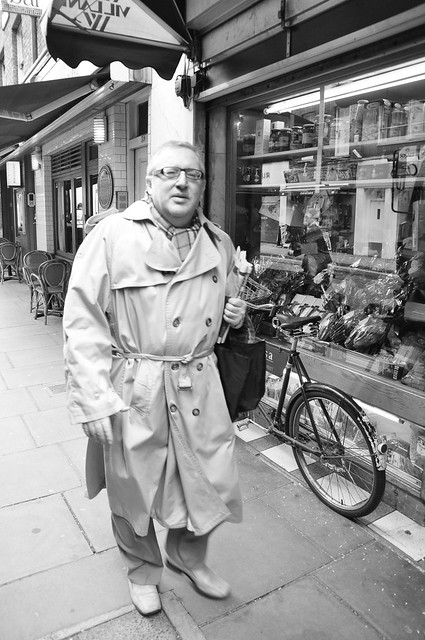BarryG
I'll stick to my 2 inches
- Messages
- 1,264
- Edit My Images
- No
I have been looking at various street photos and comparing them to mine. The main thing I notice is mine are very flat and there isn't much dark and light. It's all very Gray.
Can anyone give some insight into their settings?
I'm not talking about composition or pre focusing, more management of light.
I normally use a matrix setting, but I'm thinking centre weighted would be more appropriate.
Any help?
Can anyone give some insight into their settings?
I'm not talking about composition or pre focusing, more management of light.
I normally use a matrix setting, but I'm thinking centre weighted would be more appropriate.
Any help?




